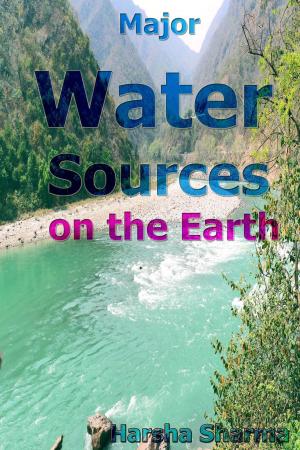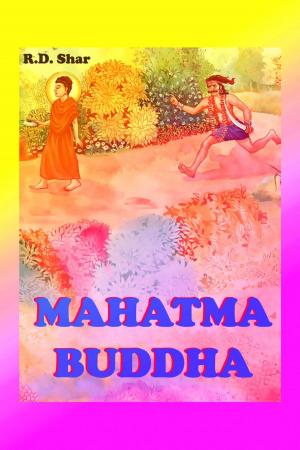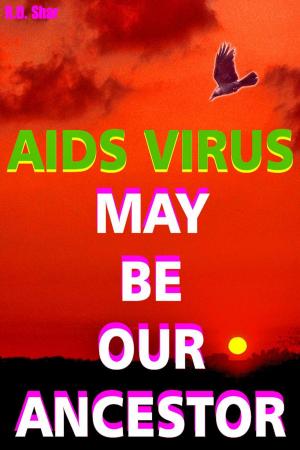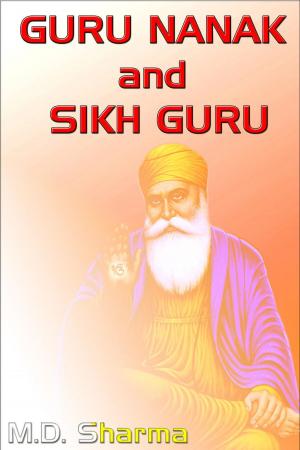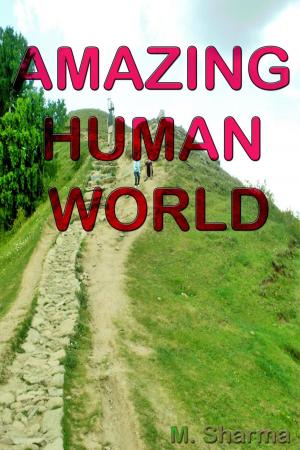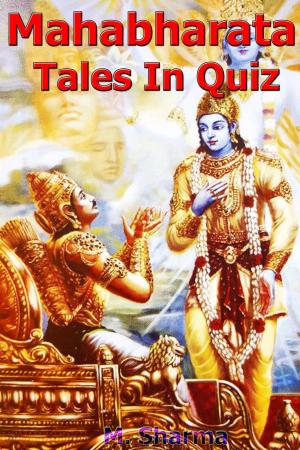Gems Destiny Changer
Nonfiction, Religion & Spirituality, New Age, Crystals, Philosophy, Mind & Body| Author: | Pinky M.D. | ISBN: | 9781386851981 |
| Publisher: | mds0 | Publication: | March 24, 2018 |
| Imprint: | Language: | English |
| Author: | Pinky M.D. |
| ISBN: | 9781386851981 |
| Publisher: | mds0 |
| Publication: | March 24, 2018 |
| Imprint: | |
| Language: | English |
One Gemstone, in reality, is a piece of a mineral. It is either a piece of a mineral, non-organic, or non-carbonic substance. After cutting and polishing, the Gem-stone is used for making precious stones and other adornments. However certain Gems like lapis, amber, pearls etc. are not minerals but yet they are used for the manufacturing of jewellery, these are called as organic or carbonic Gem-stones. Gem-stones are both hard and soft. The lustre, rarity and other physical properties, accordingly create the value of the Gem-stones. In general, people know only nine Gem-stones, but in reality, in this world, there are more than 2000 varieties of Gem-stones.
Usually, Gem-stones are classified as precious or semi-precious stones, but technically, they are classified as natural, synthetic and treated Gem-stones. Gem-stones after extracting from the mines are then cut, polished, carved and scratched out, after this cycle, it is sold in the market. The stones that are found naturally are called ‘Natural Gem-stones.’ Every gemstone has its chemical composition. Some gemstones are not extracted, but they are manufactured to imitate the natural gemstones. Such manufactured gemstones are known as ‘synthetic gemstones.’ The synthetic gemstones possess the colour and the look of the natural gemstone, but they do not possess their chemical composition and physical characteristics. Other than these two varieties, natural gemstones times are given some treatment, such stones are called, ‘treated stones.’ These treated stones are natural, but some disturbances are created to them.
One Gemstone, in reality, is a piece of a mineral. It is either a piece of a mineral, non-organic, or non-carbonic substance. After cutting and polishing, the Gem-stone is used for making precious stones and other adornments. However certain Gems like lapis, amber, pearls etc. are not minerals but yet they are used for the manufacturing of jewellery, these are called as organic or carbonic Gem-stones. Gem-stones are both hard and soft. The lustre, rarity and other physical properties, accordingly create the value of the Gem-stones. In general, people know only nine Gem-stones, but in reality, in this world, there are more than 2000 varieties of Gem-stones.
Usually, Gem-stones are classified as precious or semi-precious stones, but technically, they are classified as natural, synthetic and treated Gem-stones. Gem-stones after extracting from the mines are then cut, polished, carved and scratched out, after this cycle, it is sold in the market. The stones that are found naturally are called ‘Natural Gem-stones.’ Every gemstone has its chemical composition. Some gemstones are not extracted, but they are manufactured to imitate the natural gemstones. Such manufactured gemstones are known as ‘synthetic gemstones.’ The synthetic gemstones possess the colour and the look of the natural gemstone, but they do not possess their chemical composition and physical characteristics. Other than these two varieties, natural gemstones times are given some treatment, such stones are called, ‘treated stones.’ These treated stones are natural, but some disturbances are created to them.

